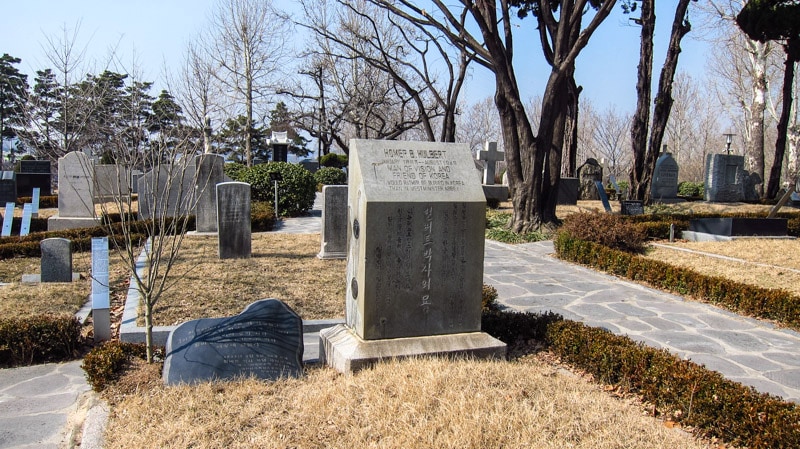Seoul’s Yanghwajin Cemetery: Where Faith, History, and the Han River Meet
Yanghwajin: A 135-Year Chronicle of the Missionaries Who Shaped Korea’s Modern Institutions

By Lee Sang-ki
AsiaN founder and publisher, Former President of Korean Journalists Association
SEOUL: Near Hapjeong Station in central Seoul, the Yanghwajin Foreign Missionary Cemetery stands as a vivid reminder of the sacrifice upon which Korean Protestantism was built.
Its origins date to 1890, when Dr. William James Heron, the first medical missionary sent to Korea by the U.S. Presbyterian Church, died of dysentery while treating patients—just five years after his arrival, at only 33 years of age.
At that time, foreigners were not permitted to be buried in most of Seoul, prompting the Korean government to work with the small expatriate community to secure a suitable burial site. Dr. Horace Newton Allen (1858–1932), American diplomat, physician, missionary, and U.S. ambassador to Korea, and Horace Grant Underwood (1859–1916), founder of the Seoul YMCA, Saemunan Presbyterian Church, and the institution that would later become Yonsei University, negotiated with the Joseon court to establish a quiet hillside cemetery overlooking the Han River, then seven kilometers from the mission base in Jeong-dong.
More than 135 years later, the surrounding area has transformed into a lively district, yet the cemetery endures as a place of stillness and memory.
Yanghwajin is more than a religious burial ground; it is a memorial to the foreign missionaries who played decisive roles in Korea’s modernization, advancing education, medicine, printing, and social reform.
Today, 417 people from 15 countries rest here, including 145 missionaries and their families from the United States, the United Kingdom, Sweden, Australia, South Africa, and Canada.
Among them are Underwood; Henry Gerhard Appenzeller (1858–1902), pioneering Methodist missionary; Homer Hulbert (1863–1949), journalist and independence advocate; and Rosetta Sherwood Hall (1865–1951), a medical missionary and founder of schools and hospitals. Their legacy shaped key institutions and planted the seeds of education, medicine, and faith across the peninsula.
Some of those buried here supported Korea’s independence during the Japanese colonial era, while others contributed profoundly to the nation’s journey toward modernization.

Visitors today walk the peaceful paths contemplating their sacrifices, devotion, and deep affection for Korea – a quiet dialogue between past and present, and a testament to lives lived in service to a country they called home.



